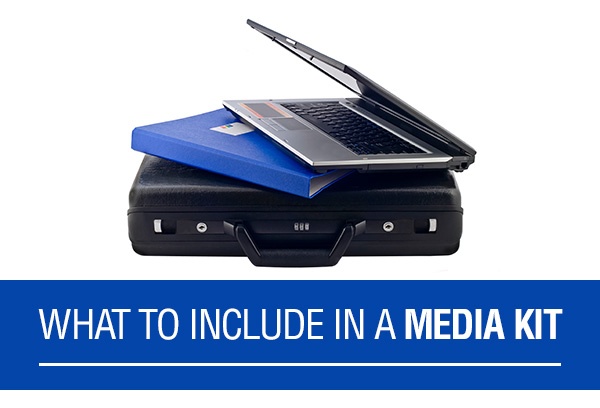 Most fresh produce marketers are likely familiar with the media kits you receive from publications (like The Packer) that detail ad schedules and pricing, but did you know that media kits are used for much more than ad editorial calendars? If you’re a brand or a blogger, it’s just as important that you have your own media kit to communicate your brand messaging and services. This looks different depending on who you are and who you’re trying to reach, so take a look at our recommendations for what to include in your media kit if you are a blogger or a brand.
Most fresh produce marketers are likely familiar with the media kits you receive from publications (like The Packer) that detail ad schedules and pricing, but did you know that media kits are used for much more than ad editorial calendars? If you’re a brand or a blogger, it’s just as important that you have your own media kit to communicate your brand messaging and services. This looks different depending on who you are and who you’re trying to reach, so take a look at our recommendations for what to include in your media kit if you are a blogger or a brand.
If you’re a blogger:
If you’re trying to sell your services to a brand, it’s important that you provide details that support any compensation you may request. The most successful blogger media kits are well-designed, visual and easy to read, and show the blogger’s commitment to his/her work.
What bloggers should include in their media kit:
- Background information – a brief bio and explanation of your blog, a link to your blog, your logo and a headshot.
- Google analytics, including at least the Unique Monthly Visitors (UMV) to the blog page and daily traffic to the blog.
- One page for each of your social media handles that includes the handle name, linkable to the page, screenshots of your most recent insights to show how your pages engage with fans and any highlights that will help distinguish your pages from others like it.
- Media placements you’ve secured (HuffPost, PopSugar, SELF, etc.) and other brands you’ve worked with.
- Book details, if you’ve released a book or plan to – include an image, release date, a link to purchase and background information.
- Pricing – the last page or two should include any proposals you have for a partnership with the brand. If you have set rates, include them in order of smallest price to largest, with a description of each service.
- Contact information – This can go in the beginning or at the end of the presentation, but should include your full name, blog name, email address, phone number and mailing address.
While a great media kit can often be the catalyst to a successful partnership, it’s important to remember that an under-developed media kit can often lead to a quick “no.”
If you’re a brand:
Brands should have an established media kit as well, which is organized very differently from a blogger’s media kit because their target audience is the media – trade or consumer publications. A brand media kit should include all assets that the media would need to successfully tell the brand’s story. Remember that the easier you make it for the media to tell your story, the more likely they will do it.
What brands should include in their media kit:
- Hi-res logos and package art for all products
- A company profile or backgrounder that includes the history, farming practices and key distinguishers of the brand.
- Product fact sheets that include photography of the product, SRP, availability, key health properties and unique facts about the product.
- If possible, a calendar of promotions and new products that are expected for the year, which can be updated as needed.
While media kits can be extremely helpful to public relations professionals who are looking to pitch stories that fit within editorial calendars, it’s just as important that companies and influencers are prepared with their own media kits as ways to effectively communicate with one another.
Have a question about media kits? Email me at batkinson@dma-solutions.com!











